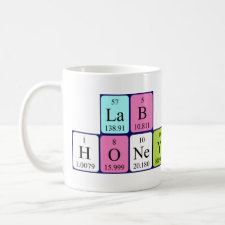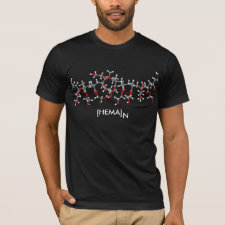
Authors: Subat M, Borovik AS, König B
Article Title: Synthetic creatinine receptor: Imprinting of a Lewis acidic zinc(II)cyclen binding site to shape its molecular recognition selectivity.
Publication date: 2004
Journal: Journal of the American Chemical Society
Volume: 126
Issue: (10)
Page numbers: 3185-3190.
DOI: 10.1021/ja038980l
Abstract: Molecularly imprinted polymers (MIPS) from polymerizable Lewis acidic zinc(II)cyclen complexes and ethylene glycol dimethyl acrylate have been prepared. For the imprinting process the template molecule creatinine is reversibly coordinated to the zinc atom. The high strength of this interaction allows analyte binding to the MIP from aqueous solution with high affinity. Its pH dependence is used for controlled guest release with nearly quantitative analyte recovery rate. The binding capacity and selectivity profile of the MIP remains constant through several pH controlled binding and release cycles. MIPS missing a suitable metal binding site showed no significant affinity for thymine or creatinine. Flavin adsorbs nonspecifically to all polymers. The imprinting process reverses the binding selectivity of zinc(II)cyclen for creatinine and thymine from 1:34 in homogeneous solution to 3.51 in the MIP. Scatchard plot analysis of creatinine binding isotherms reveals uniform binding of the imprint, with fits indicating a one-site model; however, similar analysis for thymine indicate high and low affinity sites. This corresponds to unrestricted coordination sites freely accessible for thymine, e.g., at the polymer surface, and misshaped imprinted sites, which still can accommodate thymine. More than 50% of all binding sites exclusively bind creatinine and are not accessible to thymine. The binding properties of a copolymer of polymerizable zinc(II)cyclen and ethylene glycol dimethyl acrylate missing the creatinine template, which match the binding selectivity of the complex in solution, confirm that the origin of altered selectivities is the imprinting process. With binding ability at physiological pH, the MIPS are applicable for tasks in medicinal diagnostics or biotechnology. Imprinted zinc(II)cyclen complexes provide, like a metalloenzyme binding motif, high binding affinity by reversible coordination while the surrounding macromolecule determines binding selectivity



Join the Society for Molecular Imprinting

New items RSS feed
Sign-up for e-mail updates:
Choose between receiving an occasional newsletter or more frequent e-mail alerts.
Click here to go to the sign-up page.
Is your name elemental or peptidic? Enter your name and find out by clicking either of the buttons below!
Other products you may like:
 MIPdatabase
MIPdatabase









